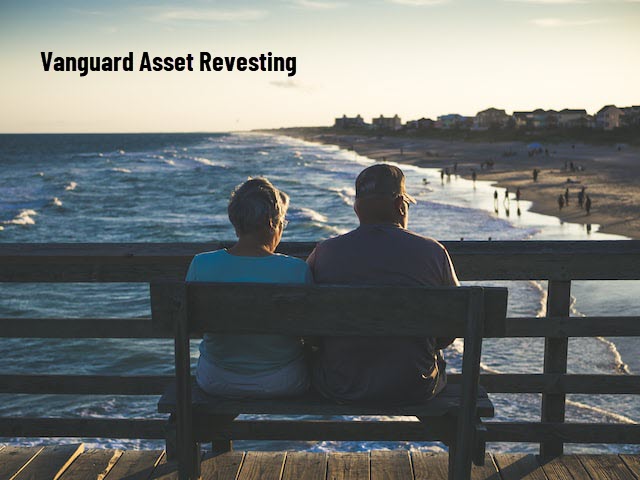
An individual cannot skip over asset revesting Vanguard funds. The Vanguard Investment Group is one of the largest investment firms in the world, with more than $7 trillion in assets under management. The Vanguard is the largest issuer of mutual funds in the world and is in second place when it comes to the issuance of ETFs. Because of this, individuals can apply asset revesting using the family of Vanguard ETFs and mutual funds. While many people don’t know about the Vanguard investing group, most live in its shadows and likely hold one of the funds in their portfolio.
Vanguard Asset Revesting Portfolios
As with all investing, there are ups and downs, but to maximize returns and reduce multi-year drawdowns, they need to apply asset revesting to a Vanguard ETF portfolio. The reason why Vanguard asset revesting is the way forward is due to several reasons. Since the markets experience fluctuations, investors can benefit from asset revesting because the strategy only holds assets rising in value and quickly exits positions that are falling.
Vanguard investments are one of the world’s strongest and most well-established financial companies. They are one of the few innovators and pioneers in the financial industry and make Vanguard asset revesting an effective way of avoiding significant economic downturns. With a proper Vanguard investing strategy, individuals can generate additional growth and income during bear markets when stocks and bonds are falling in value.
The company was the first company in the world to create an index investment fund in 1976. The securities that are issued by the Vanguard Group are characterized by their incredibly wide variety, ease of use, and, most importantly, the expense ratios for the funds are much lower than the industry average. Vanguard direct indexing helps keep the costs low, and can provide investment income tax benefits.
The lower associated costs of the funds allow investors to benefit greatly from investments with Vanguard securities as it gives investors higher returns as the funds are not taken by costs and fees. Unlike other investment firms, the Vanguard Group is not owned by a single individual or a handful of shareholders. In fact, it is owned by the very people who invest in the securities that are issued by the company.
Using Vanguard asset revesting, in this case, is perfect, as using both is an excellent way of compounding returns. This is true because of the lower expense ratios for the securities issued by Vanguard while also divesting the securities for better investments, such as other offerings made by the Vanguard Group.
The world-famous investment company offers financial securities that meet the demands of most investors, from individuals who are just starting to invest to those who have significant experience and for advisors who offer Vanguard investment advice. From index funds to leveraged ETFs to commodity-based ETFs, the Vanguard Group has them, and the investment benefits are only compounded when combined with a Vanguard ETF asset revesting strategy.
How to increase returns and reduce drawdowns by asset revesting Vanguard ETFs
Individuals who utilize Vanguard asset revesting as part of their retirement portfolio experience smaller drawdowns, less financial stress, and higher returns. As with all investing, there are many different market forces that impact the price of stocks and bonds prices and the market’s volatility.
It is important to note that all investors should do all of their due diligence when investing. A great way to learn revesting is through a third-party Vanguard investment newsletter. Asset revesting signal newsletters tell you to just invest in vanguard ETFs and when to own and revest capital into a new assets that are performing better.
